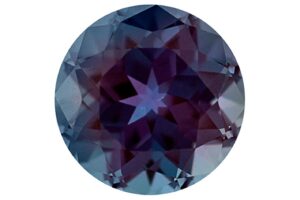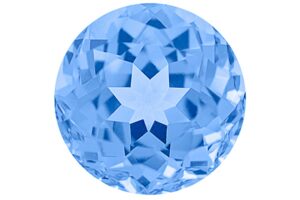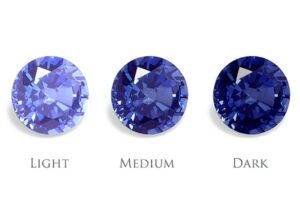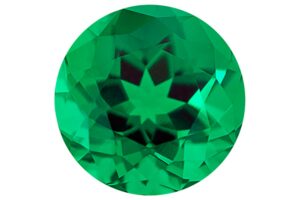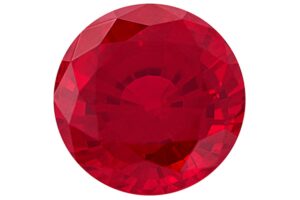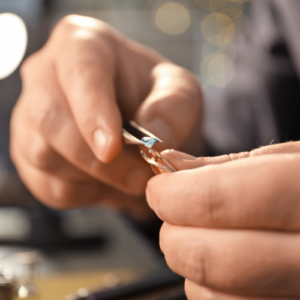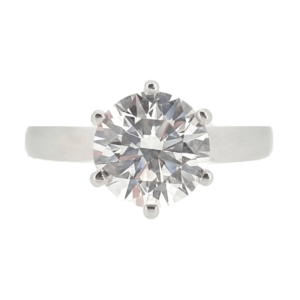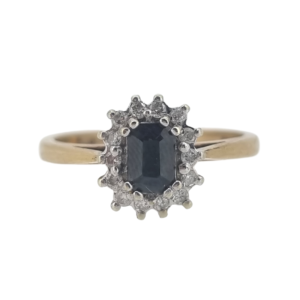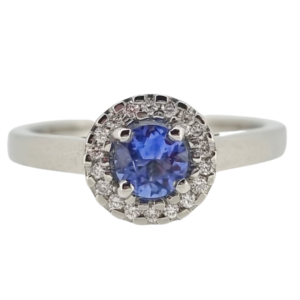If you would like to celebrate your dad or the father figure in your life then we have this ultimate guide of gift inspiration to help you find the perfect gift that will make him smile. Here at Taylor & Co we are proud to stock Fred Bennett which embodies on-trend modern pieces that are made to a high quality. With ranges in sterling silver, stainless steel, genuine leather and genuine recycled leather there is something for everyone. We also have everyday accessories and pieces ideal for engraving for an added personal touch.

Throughout history signet rings have been worn by royalty and nobility and are often engraved with their family crest. The signet ring is having a comeback in 2023 and is a great investment piece as it is a timeless style. We have the Fred Bennett signet ring available in two styles, plain and oval and each can be engraved for a more personal touch.
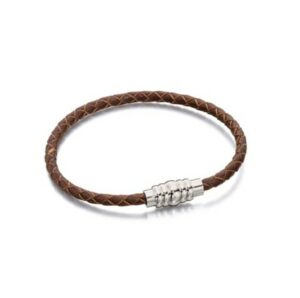
Whether worn alone or stacked for an added flair of personality our leather bracelets are always a hot hit amongst our male clientele. Crafted using genuine leather these bracelets are both stylish and practical with many featuring magnetic clasps.
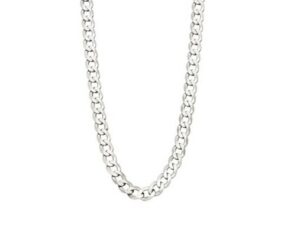
Men’s chain necklaces are having a renaissance in 2023. With many stylish male celebrities opting to layer them on the red carpet. Our Sterling Silver Diamond Cut Curb Chain Necklace will be the centre of everyone’s attention.
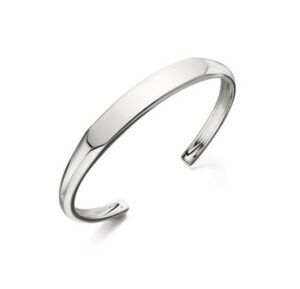
While the leather rope bracelets make a great lightweight fashionable option, a solid men’s cuff bangle is a forever piece. Our Fred Bennett Flat Top Bangle weighs over 30 grams and can even be personalised with engraving.

Looking for a more affordable gift? Why not try our leather plaited keyring. This stylish keyring is the perfect accessory for any man.

